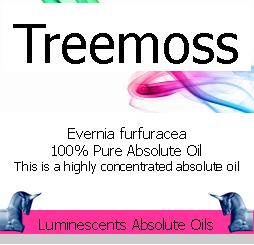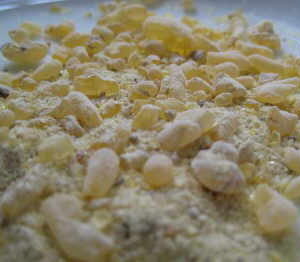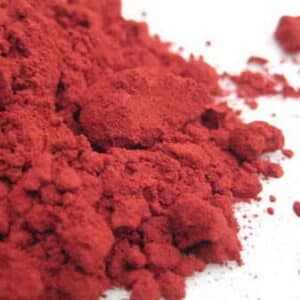Treemoss Absolute Oil (Evernia Furfuracea) 100% Pure
£22.00
BOTANICAL NAME: Evernia furfuracae
SCENT: Treemoss has a distinct and complex odour and can be described as woody, sharp and slightly sweet. It is the lichen growing on pines and firs and has a pronounced turpentine odour that is valued in certain perfume compositions and differs from Oakmoss in this respect.
STRENGTH OF AROMA: Medium
PLANT PART USED: Lichen
EXTRACTION METHOD: Food Grade Solvent
ORIGIN: France
COLOUR: Dark Brown
CONSISTENCY: Thick and Viscous
NOTE: Base
CAUTIONS: Absolutes should be avoided during pregnancy and never ingested (taken internally) and should be kept away from children and pets. No medicinal claims are made for this product and the notes above are provided for guidance purposes only. Absolute Oils are powerful plant extracts and should be used with extreme caution. You should seek the advice of a qualified practitioner should you be in any doubt.
It is important to note that all absolutes are extremely concentrated by nature. They should not be evaluated in this state unless you are accustomed to the undiluted fragrance. For those trying Absolutes for the first time, we strongly recommend they be evaluated in dilution. Otherwise, the complexity of the fragrance – particularly the rare and exotic notes – become lost.
Evernia Furfuracea or Treemoss, less common and not to be confused with Oakmoss, is obtained from the lichens that grow on Pine and Fir trees rather than its cousin, the lichen that grows on mature Oak.
It grows in mountainous areas throughout much of the Northern Hemisphere. The pale greenish gray thallus, 3 to 8 cm (1.2 to 3 inches) long, is palmately branched, ending in pointed tips. The upper surface is green and warty with pale gray reproductive bodies (soredia). The undersurface is whitish with a faint netlike pattern. This less common species (E. furfuracea), has similar properties to Oakmoss and is often included under the same common name, which is a translation of the French Mousse de Chêne.
Traditional Uses for Treemoss Absolute Oil:-
Primarily used for perfumes and incense, this absolute oil is favoured for use in men’s products such as colognes and after shave.
It is commercially harvested in countries of South-Central Europe and usually exported to the Grasse region of France where its fragrant compounds are extracted as Treemoss absolutes and extracts. These raw materials are often used as perfume fixatives and form the base notes of many fragrances. They are also key components of Fougère and Chypre class perfumes.
Treemoss Absolute Oil Blends Well With:-
The absolute oil blends very well with Patchouli, Clary Sage, Clove, Vetiver, Pine, Cypress, Galbanum, Cedar and Labdanum
History of Treemoss:-
Treemoss was used in perfumery as early as the 16th century. Baskets filled with it have been found in the ancient royal tombs of Egypt, but whether it was intended for perfume or for food is not known.
| Size (ml) | 100ml, 10ml, 200ml, 25ml, 2ml, 50ml, 5ml, sampler |
|---|




